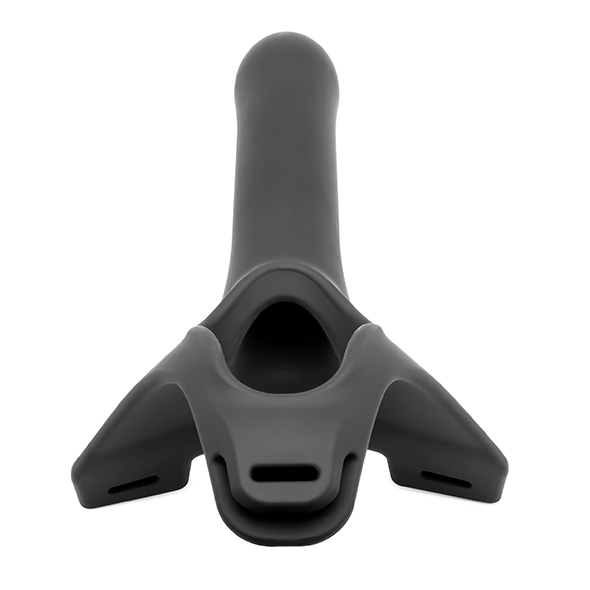Many individuals need to know about dating classic and traditional brooches, and just how they could inform in case a brooch is old. Much like almost anything regarding jewellery, things will get complex pretty quick, but listed here are 5 beginner’s that is simple for dating vintage brooches –
Please be aware they are general guides just for individuals not used to the classic jewellery globe.
- The ‘T-bar hinge and c-clasp’ kinds (see pictures below) were generally utilized through the Century that is 19th up the around 1920s. Some contemporary artisans nevertheless would like to make use of a c-clasp – but on contemporary brooches you’ll probably never ever see a hinge that is t-bar.
- Look at the period of the pin itself – generally speaking, the longer the pin, the older the brooch (this is maybe as a result of clothing being much thicker and weightier when you look at the old times, so an extended pin had been necessary to ensure that it it is set up firmly).
- From about the 1910s to 1930s we sporadically see just what we get in touch with the trade ‘trombone’ clasps, that are tubular cylinders accustomed maintain the pin it self in position in place of a c-clasp (though c-clasps remained typical in this era too). This might be basic age dating only, and trombones can on occasion be observed on pre-1910s jewellery as much as the 1960s in my own individual experience.
- Broadly speaking you have a tendency to just get the roll-over clasps on brooches created from all over 1960s onward. (Note: Early experimental prototype roll-over ‘safety’ clasps may be regarded as early as the 1900s, though they are uncommon – I’ve just ever seen a tiny handful created before the 1940s within the last few ten years).
- You will find no cast in stone guidelines to dating a brooch – things apart from a clasp and pin needs to be taken into consideration, such as design, steel kind, glass/ enamel/ rock cuts and kinds etc; the guidelines provided listed here are basic guidelines limited to general gu Below, you can observe some picture samples of age and kinds of brooch clasps, beginning the initial. Keep in mind, one of the keys terms listed below are **general speaking** rather than difficult guidelines (there are c-clasps you will probably find on modern jewelry, and rollover clasps you might find in very Century jewellery that is early 20th):
VICTORIAN T -BAR HINGES: an average T-bar that is antique hinge C-clasp shown on a brooch dating circa 1880s. The T-bar is termed following the T model of the hinge (left of picture), whilst the C-clasp is termed following the c shaped hook get the pin fits into (right). This particular brooch fixing had been generally speaking utilized through the Victorian period and up to all over Art Deco age.
VICTORIAN T -BAR HINGES: close-up of a t-bar that is antique, used on circa pre-1920s jewelry, because of the blue band circling an example of a hinge.
VICTORIAN T -BAR HINGES: the rear of a circa 1880s Victorian Whitby Jet brooch that is mourning a small crude T-bar hinge and c-clasp. Note the long pin, which stretches means throughout the brooch it self.
EDWARDIAN HINGES: during the early twentieth Century the T-bar hinge had been gradually replaced with an inferior hinge that is rounded as seen with this circa Edwardian / early twentieth Century paste brooch (and like in the brooches we come across nowadays). Remember that the
 long pin had been nevertheless popular.
long pin had been nevertheless popular. 20TH CENTURY TROMBONE CLASPS: The trombone pipe clasp hardly ever really became that commonly utilized, and ended up being generally speaking seen on brooches from about the 1910s as much as the 1950s. It is made of a cylinder pipe within a cylinder – you pull the cylinder that is inner to produce the pin.
A standard roll-over pin and clasp, as seen on this classic crude shell cameo, Roll overs generally became the most used brooch suitable from about the 1960s forward to today.
Note exactly how brief the pin it self is actually, specially when set alongside the long Victorian pins.
ROLL-OVER SAFETY CLASP: a close that is good of the roll over clasp. Simply to confuse things, this is really a repair job – a far more clasp that is modern been soldered onto a much older antique Victorian mourning brooch. Note the silver soldering, which provides the fix away (the roll-over clasp happens to be placed on here, while the initial c-clasp had broken down). Dating old jewellery can be complicated!
Finally, probably the most tip that is important understanding how to date classic jewellery would be to manage as numerous pieces as you are able to. Head to deals, classic fairs and appropriate classic stores and also have a really good have a look at just what genuine classic jewellery appears and feel just like. And remember – as revealed formerly, they are basic tips just – you may find c-clasps on contemporary brooches, and very early kinds of rollovers on pre-1950s jewelry. Get advise and guidance from as much people that are different sources as possible ??
